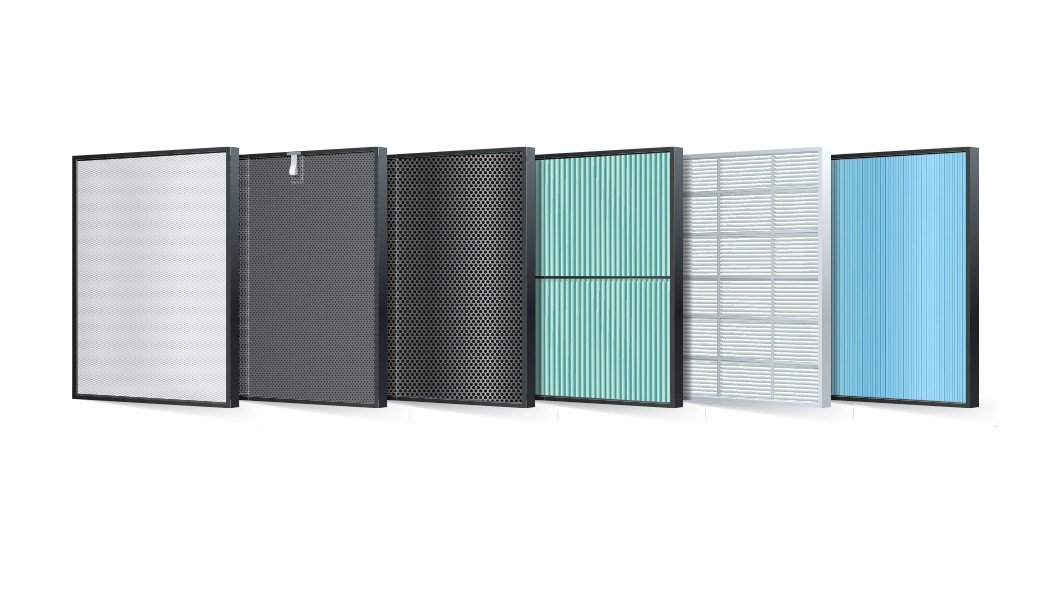Air quality is something we often take for granted, but it plays a crucial role in our health and comfort. One of the simplest ways to ensure that the air we breathe indoors is clean and fresh is through regular HVAC air filter replacement. Over time, filters accumulate dust, allergens, and other particles that can negatively affect air quality, making it vital to change them regularly.
When air filters are clogged or dirty, they struggle to do their job effectively. This not only leads to poor air quality, potentially causing respiratory issues and allergies, but it can also put a strain on your HVAC system. Removing and replacing these filters allows for better airflow, helping your heating and cooling system to work more efficiently and save you money on energy bills.
Moreover, maintaining a schedule for HVAC air filter replacement prolongs the life of your HVAC equipment. Regularly replacing the filters reduces wear and tear on the system, which can result in fewer repairs and longer overall lifespan. This proactive approach not only contributes to a healthier indoor environment but also protects your investment in home comfort.
Signs Your Filter Needs Changing
When it comes to maintaining a healthy indoor environment, one of the simplest yet most effective steps is regular HVAC air filter replacement. But how do you know when it's time to change your air filter? Here are some signs to watch for that indicate your filter may need replacing.
First and foremost, if you notice a significant drop in airflow from your vents, it might be a sign that the filter is clogged with dust and debris. A restricted airflow means your system has to work harder, leading to higher energy bills and potential wear and tear on your HVAC system. Make it a habit to check your air filter every month, especially during peak usage seasons.
Another telltale sign is if you see dust and allergens accumulating around your home. If you find yourself dusting more often, it could indicate that the air filter isn't trapping particles effectively. An inefficient filter allows pollutants to circulate in your home, impacting air quality and potentially aggravating allergies or respiratory issues.
Additionally, pay attention to the color and condition of your filter. A filter that has turned dark or is visibly dirty is overdue for replacement. Ideally, you want your HVAC air filter to be a light color before it becomes too clogged with dirt and grime. Regularly monitoring your filter will help ensure you're breathing clean, fresh air.
Lastly, if your HVAC system is running longer than usual or frequently cycling on and off, it’s another sign that the filter may not be doing its job. Poor filtration can lead to increased strain on your HVAC system, making it work harder to maintain the desired temperature. Keeping up with HVAC air filter replacement can help avoid costly repairs down the line.
Choosing the Right Air Filter
Next, consider the type of filter you want. There are several types, including fiberglass, pleated, and HEPA filters. Fiberglass filters are economical and good for basic filtration, while pleated filters offer better trapping of smaller particles. If someone in your home suffers from allergies or respiratory issues, investing in HEPA filters could be worthwhile, as they can capture up to 99.97% of dust, pollen, and other allergens.
In addition to type, pay attention to the MERV rating, which stands for Minimum Efficiency Reporting Value. This rating helps you understand how effectively a filter will capture various particles. A higher MERV rating indicates a higher level of filtration but may also cause more strain on your HVAC system if it’s not designed for it. It’s essential to balance good air quality with the operational needs of your system when making your decision. Regular HVAC air filter replacement according to these specifications is key to maintaining efficiency and indoor air quality.
Steps for Easy Replacement Process
Replacing your HVAC air filter doesn't have to be a daunting task. With a few easy steps, you can ensure that your home's air quality remains top-notch. First, gather your supplies. Typically, all you need is a new air filter and perhaps a screwdriver if your unit requires it. Knowing the correct filter size is crucial, so check the old filter or the manufacturer’s specifications before heading to the store.
Once you have your new HVAC air filter in hand, turn off your HVAC system. This prevents any debris from circulating in the air while you work. Next, locate the filter compartment, which is usually found within the return vent or the blower compartment. Carefully remove the old filter, being mindful of dust and allergens that may escape.
After you’ve taken out the old filter, it’s time to insert the new one. Make sure to place it in the correct direction, usually indicated by arrows on the filter itself. This ensures that the air flows properly through the system. With the new filter in place, close up the compartment, reattach any screws if necessary, and turn your HVAC system back on.
It’s recommended to check your HVAC air filter every month and replace it every 1 to 3 months, depending on your usage and the type of filter you choose. By following this straightforward replacement process, you'll help your HVAC system run more efficiently and maintain a comfortable home all year round.
